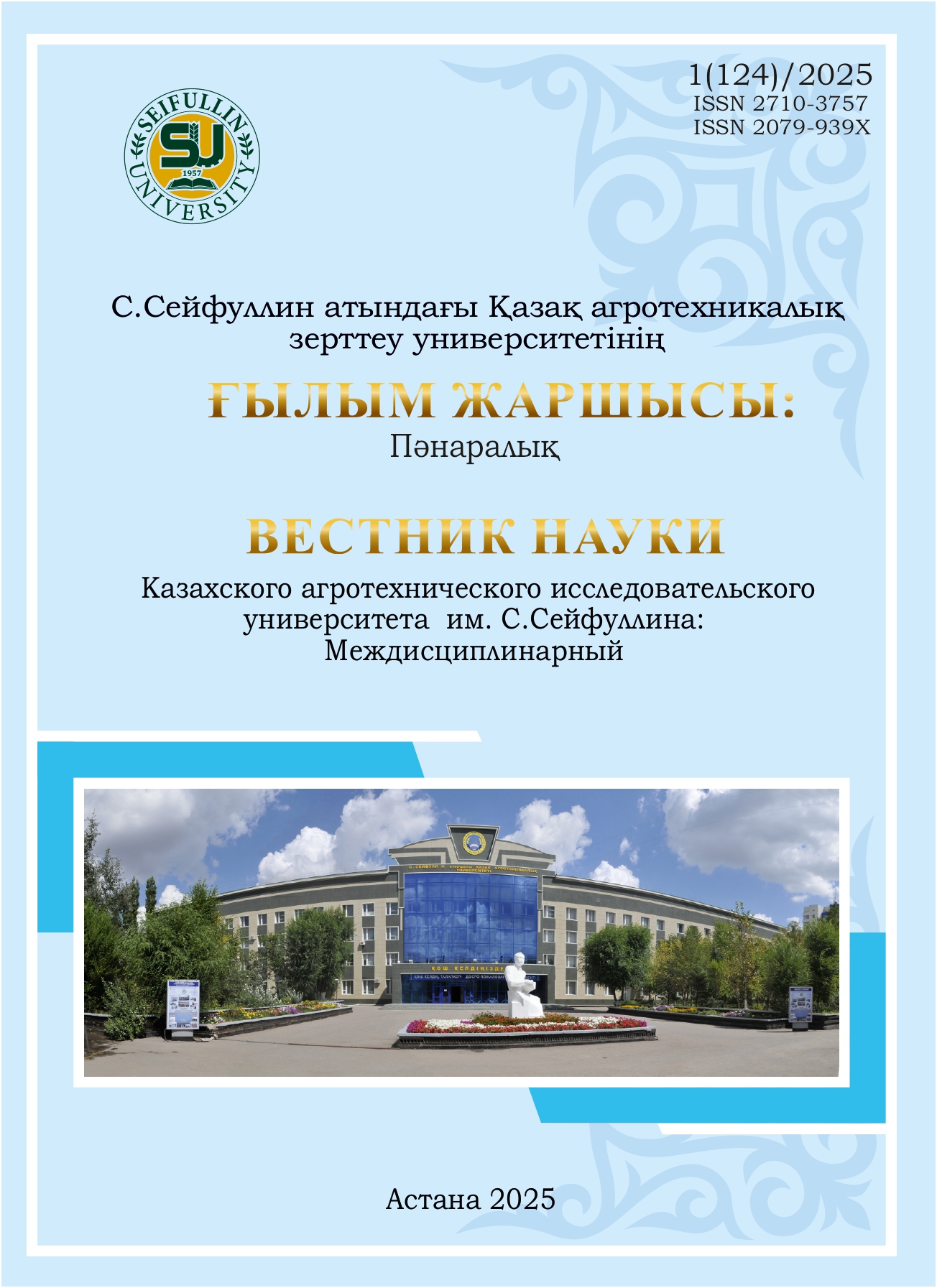Obtaining in vitro sterile seedlings from sea buckthorn seeds
DOI:
https://doi.org/10.51452/kazatu.2025.1(124).1877Keywords:
sea buckthorn; Hippophae rhamnoides; in vitro; phytohormones; sterilization; nutrient mediumAbstract
Background and Aim. Sea Buckthorn (Hippophae rhamnoides) is a dioecious shrub with deciduous leaves. Due to its high content of biological compounds in its leaves and berries, this plant is widely used as a remedy to support human and animal health. The aim of this study was to introduce sea buckthorn into in vitro culture, optimize sterilization conditions, and determine the most effective nutrient medium composition.
Materials and Methods. Sea buckthorn seeds were used as the plant material. Various antiseptics were used for sterilization: ethanol, mercury (II) chloride, hydrogen peroxide, and sodium hypochlorite. The sterilization time for each antiseptic was determined experimentally. Various nutrient media and growth regulators were used for the growth of sterile sprouts. Activated carbon was added as an antioxidant to suppress the release of phenolic compounds.
Results. The largest percentage of sterile and viable explants (83.3%) was obtained using a 0.1% mercury (II) chloride solution. The proliferation of explants depended on both the nutrient medium composition and the varietal characteristics of sea buckthorn. The maximum shoot length (4.0 cm) was observed in the Sh-9-81(4-5) variety on a medium containing 1.0 mg/L BAP, 5.0 mg/L IAA, and 2.0 g/L activated carbon.
Conclusion. The most effective medium for the proliferation of Hippophae rhamnoides seedlings contained 1.0 mg/L BAP, 5.0 mg/L IAA, and 2.0 g/L activated carbon. The highest shoot elongation (4.0 cm) was achieved in the Sh-9-81(4-5) variety.

